1. High Cost of Living
Vermont consistently ranks among the most expensive states in the U.S. for day-to-day expenses. Housing, groceries, utilities, and self-care are all above the national average, with home affordability being particularly challenging—only about 16% of households can afford a mortgage.
2. Harsh, Prolonged Winters
Winters in Vermont are long, cold, and snowy. Snowfall can exceed 90 inches annually, temperatures frequently drop below zero, and the season can last from November through March. This means high heating bills, hazardous driving, and the need for constant snow removal.
3. Limited Job Opportunities
The state’s economy is small and focused on sectors like agriculture, education, and tourism. There are few positions in specialized or creative fields, and job turnover is low. Many newcomers struggle to find suitable employment unless they secure a job before moving.
4. High Taxes
Vermont residents face some of the highest property, income, and sales taxes in the nation. As home values and tax rates rise, many find themselves with unexpectedly large tax bills, prompting some to shop in neighboring states to avoid sales tax.
5. Lack of Urban Amenities
Outside of a few small cities like Burlington, Vermont lacks large shopping centers, entertainment venues, and diverse dining options. Residents in rural areas may need to travel long distances for healthcare, specialized services, or cultural events.
6. Limited Public Transportation
Public transit options are minimal, especially outside Burlington. A car is essential for most residents, which adds to the cost of living and can be inconvenient for those accustomed to reliable city transit.
7. Spotty Internet and Cell Service
Rural Vermont often suffers from unreliable internet and cell coverage, making remote work, streaming, and even basic communication challenging in many areas.
8. Lack of Diversity and Social Isolation
Vermont is one of the least diverse states in the country, with over 89% of the population identifying as white. Some newcomers, especially minorities, report feeling isolated or encountering subtle exclusion, particularly in rural communities.
9. Seasonal Affective Disorder and Bug Problems
The long, dark winters can contribute to seasonal depression. In the warmer months, mosquitos, ticks, and black flies are a persistent nuisance, often making outdoor enjoyment difficult without screened porches or repellents.
10. Overwhelming Fall Tourism and “Flatlander” Stigma
While Vermont’s fall foliage is world-famous, the influx of tourists can be disruptive for locals, leading to crowded roads and trespassing issues. Additionally, newcomers are often labeled “flatlanders” and may struggle to fully integrate into tight-knit communities.
These factors combine to make Vermont a challenging place for many newcomers, especially those seeking urban conveniences, diverse social environments, or robust job markets.
Sources
[1] https://www.apartmentguide.com/blog/pros-and-cons-of-living-in-vermont/ [2] https://www.redfin.com/blog/pros-and-cons-of-living-in-vermont/ [3] https://www.reddit.com/r/vermont/comments/xcntwe/what_are_the_pros_and_cons_of_living_in_vermont/ [4] https://thehonestlocal.com/pros-cons-living-vermont-moving/ [5] https://www.rent.com/blog/is-vermont-a-good-place-to-live/ [6] https://www.youtube.com/watch?v=CteDt8exu-M





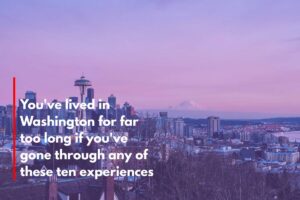
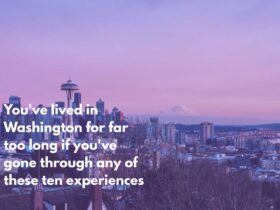



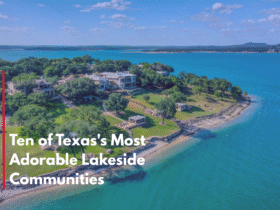
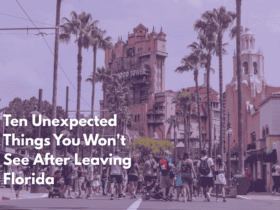

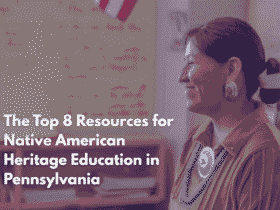
Leave a Reply